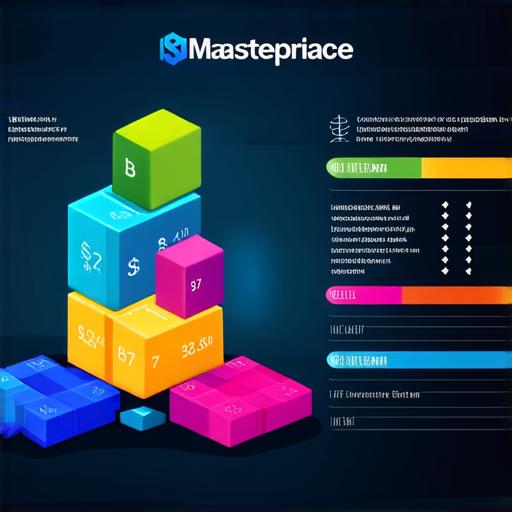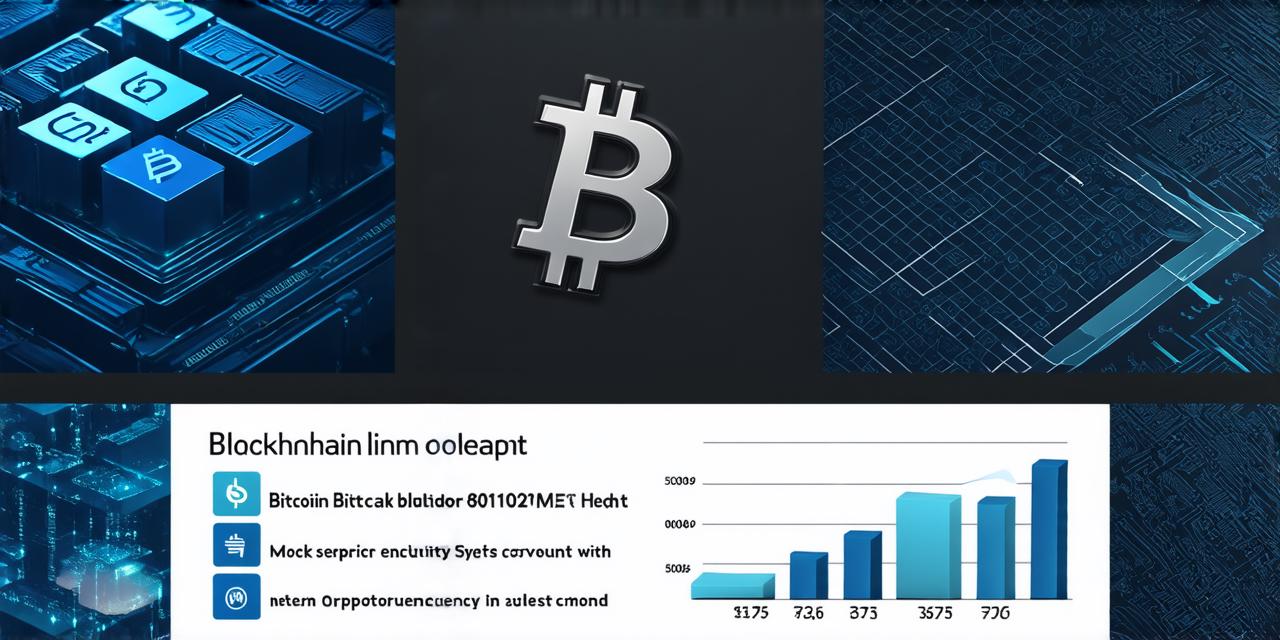Blockchain technology has revolutionized the way transactions are carried out, enabling secure, transparent, and decentralized exchange of digital assets. One of the most popular blockchain networks is Bitcoin, which was launched in 2009 as a peer-to-peer electronic cash system.
What is a Block in Bitcoin?
In Bitcoin, a block is a collection of transactions recorded in a permanent and transparent ledger called the blockchain. Each block contains a fixed number of transaction data, which are verified by network nodes before being added to the blockchain.
Each block on the Bitcoin blockchain contains several pieces of important information, including:
- Block Hash: A unique identifier for each block, created using a cryptographic hash function.
- Previous Block Hash: The hash of the previous block in the chain.
- Merkle Root: A cryptographically secure way to represent all the transaction data in the block.
- Timestamp: The date and time at which the block was mined.
- Nonce: A counter that is incremented with each new block to prevent double-spending of Bitcoin transactions.
- Merkle Tree Index: An index that allows for efficient verification of the transaction data in the block.
How Many Blocks are There on the Bitcoin Blockchain?
As of August 2021, there have been over 650,000 blocks on the Bitcoin blockchain. Each block contains a fixed number of transaction data, which is set at 1 MB per block. However, as the network grows and demand for Bitcoin transactions increases, the size limit of each block has been increased from 1 MB to 2 MB.
Why are There So Many Blocks on the Bitcoin Blockchain?
The reason there are so many blocks on the Bitcoin blockchain is because it has been running for over a decade and has experienced exponential growth in popularity and usage. As more people use Bitcoin as a payment method, the demand for transaction processing increases, which leads to the creation of more blocks. Additionally, the network’s security measures and consensus algorithms have been designed to ensure that the blockchain remains stable and secure even under heavy load.
Benefits of Having So Many Blocks on the Bitcoin Blockchain
Having so many blocks on the Bitcoin blockchain has several benefits:
- Security: The large number of blocks makes it extremely difficult for an attacker to manipulate or tamper with the blockchain, as any changes would require altering a significant portion of the existing blockchain.
- Scalability: As more people use Bitcoin, the network’s ability to handle increased transaction volumes is crucial. The large number of blocks on the blockchain allows for efficient processing of transactions, even during periods of high demand.
- Decentralization: The Bitcoin blockchain is decentralized, meaning that there is no central authority controlling it. This makes it resistant to censorship and ensures that all participants have an equal say in how the network operates.
- Transparency: Each block on the Bitcoin blockchain contains a record of all transactions, which are publicly visible and can be audited by anyone. This transparency helps to build trust and credibility in the system.
How Does the Number of Blocks Affect the Security of the Bitcoin Network?
The number of blocks on the Bitcoin blockchain plays a crucial role in ensuring the security of the network. The more blocks that are added to the chain, the harder it is for an attacker to manipulate or tamper with the data. This is because each block contains a cryptographic hash of the previous block, creating a chain of blocks that cannot be altered without invalidating the entire chain.
In addition, the number of blocks on the Bitcoin blockchain helps to prevent double-spending attacks. Double-spending occurs when an attacker tries to spend the same bitcoin more than once by creating multiple transactions with different block timestamps. However, since each block contains a record of all transactions and is linked to the previous block, it is very difficult for an attacker to create two blocks with conflicting transaction data.

How Can Developers Ensure That Their Code is Compatible with All Versions of the Bitcoin Blockchain?
Developers can use tools like bitcoinjs or web3.js to interact with the Bitcoin network and ensure that their code is compatible with all versions of the blockchain. These tools provide APIs for accessing the Bitcoin blockchain, allowing developers to read and write transaction data, as well as perform other operations on the blockchain.
In addition to using these tools, developers can test their code on a local blockchain to catch any compatibility issues before deploying it to the main network. This allows them to identify and fix problems in a controlled environment, reducing the risk of errors or vulnerabilities that could compromise the security of the network.
